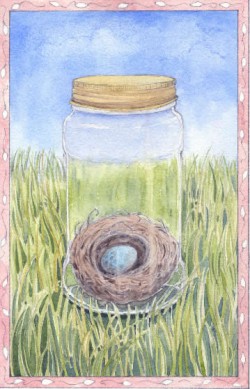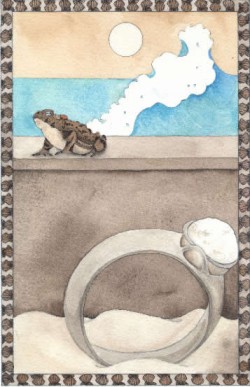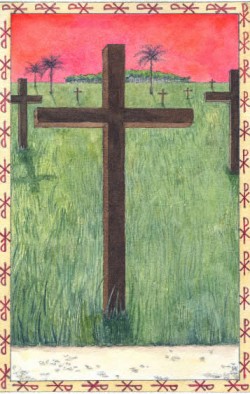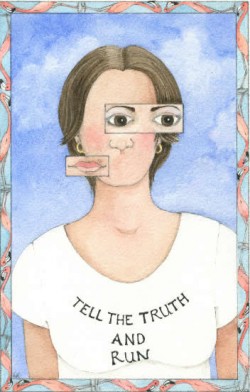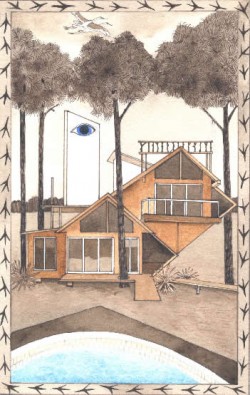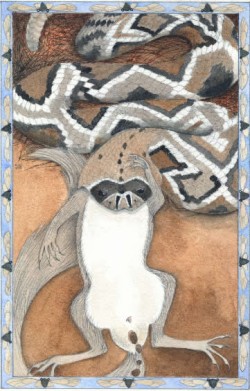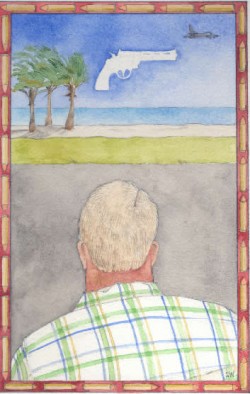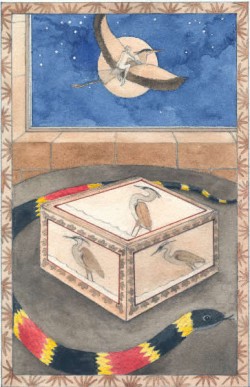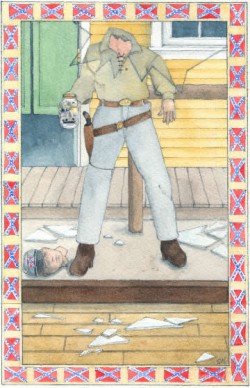SHALLCROSS: THE BLINDSPOT CATHEDRAL, A NOVEL
Ken Braddick with Charles Porter 2015
Kenneth J. Braddick, the creator of Horse Sport USA, a magazine focused on high-performance dressage and jumping all over the world, is also a veteran news correspondent and has covered major events and several wars around the globe. Braddick is the owner of Dressage- News.com based in Wellington, Florida, one of the epicenters for high- performance sport horses. Dressage-News.com is a highly respected source of news and information in the world of competitive dressage.
KB: So, this is your first novel?
CP: Yes, I’m sort of a backyard word slinger.
KB: I carburet that.
CP: Very funny.
KB: I like that you wrote it over a light frame of the dressage training, too.
CP: Yes, as you know, I have a passion for the animal and the sport, as you do.
KB: Who are your favorite writers today?
CP: Annie Proulx, Colum McCann, Francine Prose, and a woman in Westport, Massachusetts, named Dawn Clifton Tripp, who wrote a book called Moon Tide.
KB: Why now, the book, at your age?
CP: The standard answer is I like stories. The not- so-standard is what Colum McCann said: “Stories are the only true human currency.” I was also an incredible liar as a child.
KB: You mention the Hearing Voices Network in your dedication. Have you ever been to one of their meetings?
CP: I have not, but it’s good they have a place like that to go—kind of an AA for them—free and no proselytizing.
KB: Do you hear another voice?
CP: (Quiet)
KB: Okay, well, you seem to go after religion in this story. Are you an atheist?
CP: I keep going to Bed Bath & Beyond and asking for the Beyond section, but they don’t seem to have one. That can piss you off. False advertising like the church.
KB: Do you have a personal beef with religion?
CP: I think we need to write a few stories for the secular side and their struggle to make the transition to something more like the truth for them. I’m tired of books about talking to God in a shack somewhere or seeing Jesus in the operating room when you croak and come back. I’d rather be a Seminole Indian myself and tell people I’m just runnin with the rabbit, as Woody Harrelson said in Natural Born Killers.
KB: You believe in these slippers that are inside of us, you said in your introduction to the book.
CP: Slippers, spirits, confounding sounds, and sights… I have that tendency. You tell me what those voices are that people hear.
KB: So you think these slippers exist?
CP: Or, we invented them and that might be good enough, as Jesus told Aubrey on the shell-rock road.
KB: I liked how your main character has an obsession with the picture of the picture in the jar Johnny Yuma was holding, getting smaller and smaller as it headed toward infinity until Johnny and the picture disappeared.
CP: Yes, Aubrey is preoccupied and terrified of self-erasure.
KB: The bumper sticker, “Jesus Paid for Our Sins, Now Let’s Get Our Money’s Worth,” where did that come from?
CP: I saw it in a head shop years ago. It was right next to one that said, “Gay Nazis for Christ,” but I thought I’d leave that one alone.
KB: Good idea. A friend of mine told me there is a hidden message in the order of drawings in the book. Is that true?
CP: They reflect the events of the story. I like pictures because that’s what we see before we can read or talk. These pre-linguistic image things as a child we never forget. Shallcross is like a film because I think a lot of people who grew up in the middle and the last part of the twentieth century and write, write film, even if they don’t realize it. Up until a hundred years ago, the brain never had seen a movie. It’s the closest thing to our subconscious minds we’ve ever invented. The effects are significantly wonderful and dangerous.
KB: So it’s not like that film, The Ninth Gate, where the engravings or the pictures in the book take you through nine steps to summon the devil?
CP: What devil? Maybe the Slim Hand. I summon Triple Suiter, and he summons Amper Sand. The illustrations also make the book seem more like another one of my favorite objects and yours, too, I bet—the great American magazine.
KB: Yes. Do you, Triple Suiter, and Amper Sand represent the Trinity in your story, and would you say the three of you wrote this book?
CP: You mean like the Trinity wrote the Bible through an earthman’s hand?
KB: Yes.
CP: Don’t forget that fetus of Keir Dullea’s in 2001: A Space Odyssey. He’s a writer, too.
KB: So is the answer yes?
CP: The answer is, I don’t know what Triple Suiter is doing when I’m asleep. Finished.


